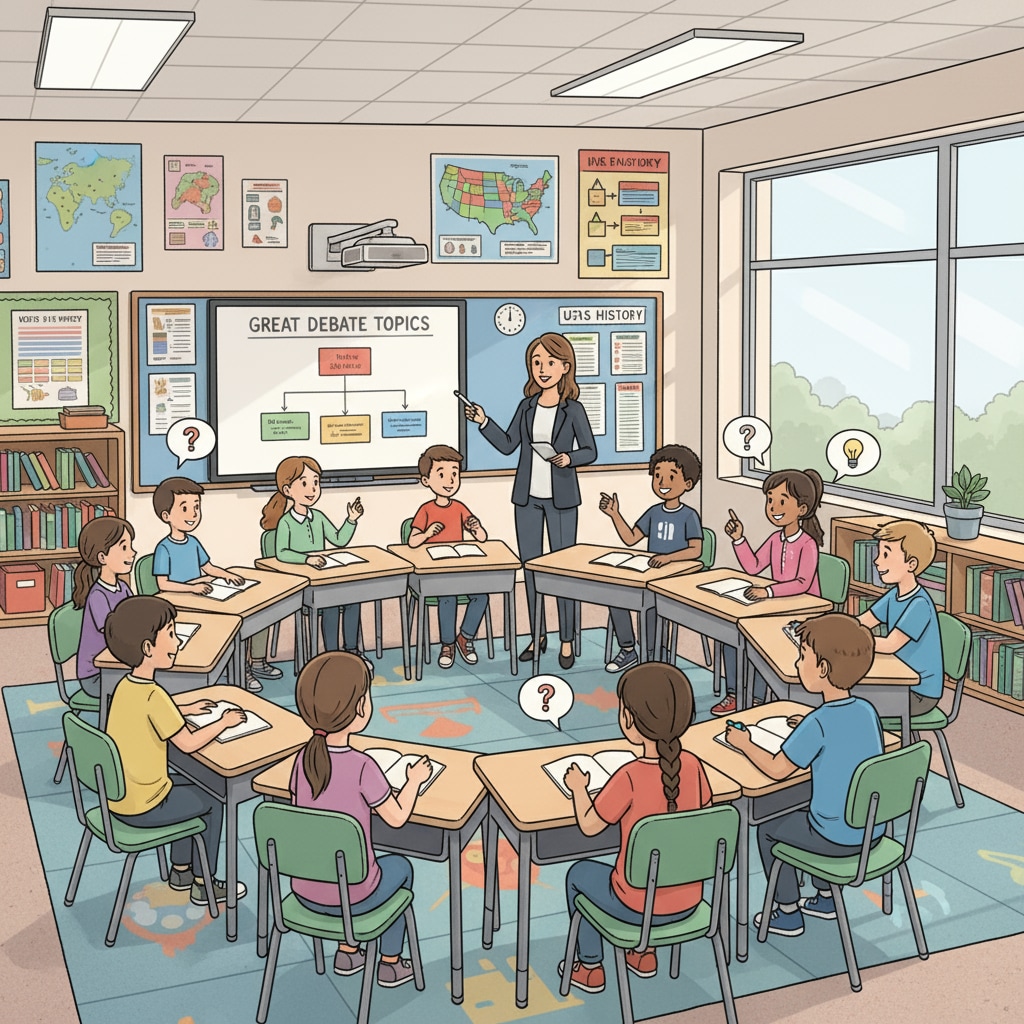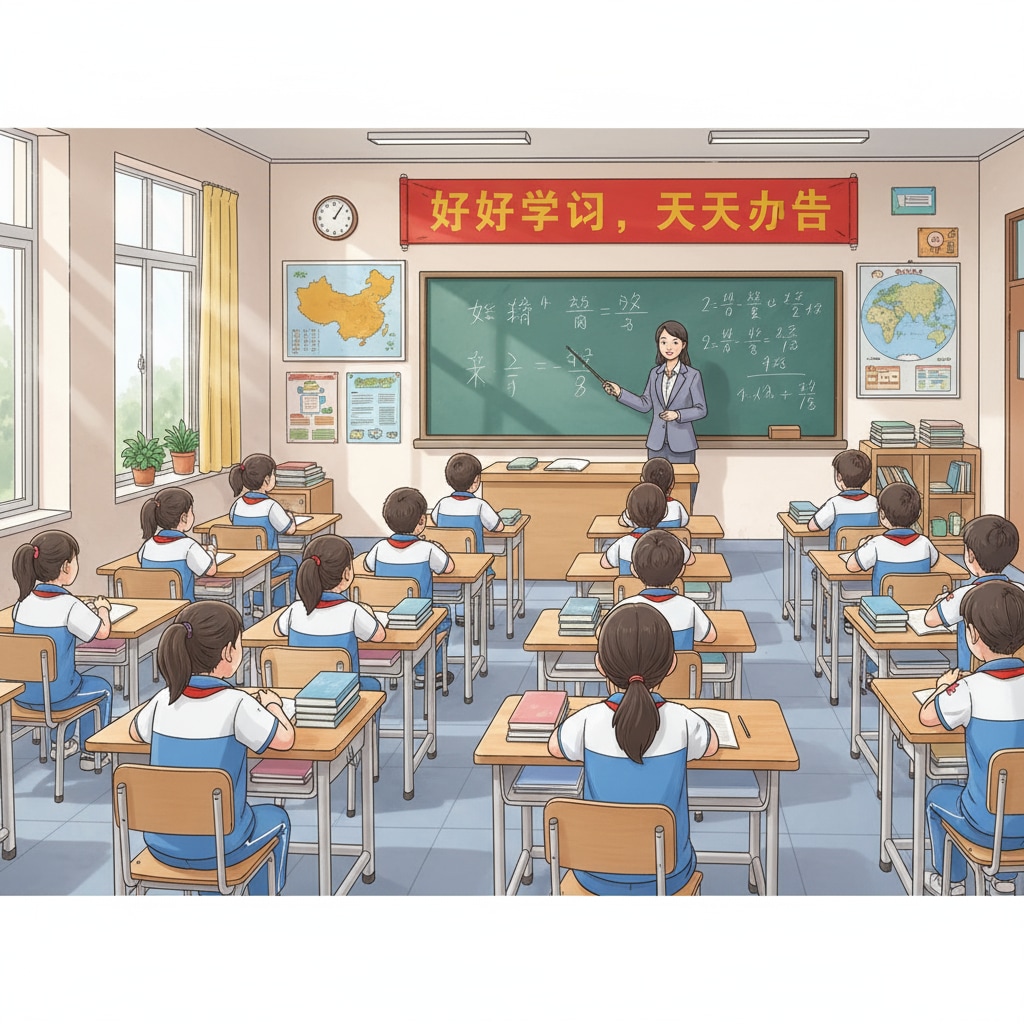Education systems, cultural differences, and learning pressures are crucial aspects when comparing the educational landscapes of the United States and China. The K12 education systems in these two countries have distinct characteristics that shape the learning experiences of students.

Teaching Philosophies: Divergent Paths
In the United States, the teaching philosophy often emphasizes student-centered learning. Teachers encourage students to think independently, ask questions, and explore their interests. For example, in a science class, students might be given the freedom to design and conduct their own experiments. This approach, as described on Britannica’s page on US education, aims to develop critical thinking and creativity. On the other hand, in China, the teaching philosophy leans more towards a teacher-centered model. Teachers play a dominant role in imparting knowledge, ensuring students master the core curriculum. This traditional approach helps students build a solid foundation in basic subjects.

Learning Environments: Contrasting Realities
The learning environments in the US and China also differ significantly. In American schools, the atmosphere is generally more relaxed. Classrooms often have a flexible layout, and students are encouraged to interact freely. In addition, extracurricular activities are highly valued, providing students with opportunities to develop various skills. In contrast, Chinese schools typically have a more structured environment. The focus is on academic performance, and students spend a great deal of time in class and on homework. As a result, the learning pressure on Chinese students can be relatively high, as they strive to achieve good grades in highly competitive examinations.
Both systems have their own merits. The US system, with its emphasis on student freedom, can inspire students’ passion for learning. The Chinese system, with its structured approach, equips students with strong academic knowledge. However, it’s important to note that cultural differences play a significant role in shaping these learning environments. American culture values individualism, which is reflected in the education system. Chinese culture, with its emphasis on collectivism and respect for authority, influences the way education is delivered.
Readability guidance: The above content uses short paragraphs to present the differences in teaching philosophies and learning environments. Lists could be further incorporated to make the content more organized. The use of transition words like “however”, “on the other hand”, and “in addition” helps with the flow of the text.


